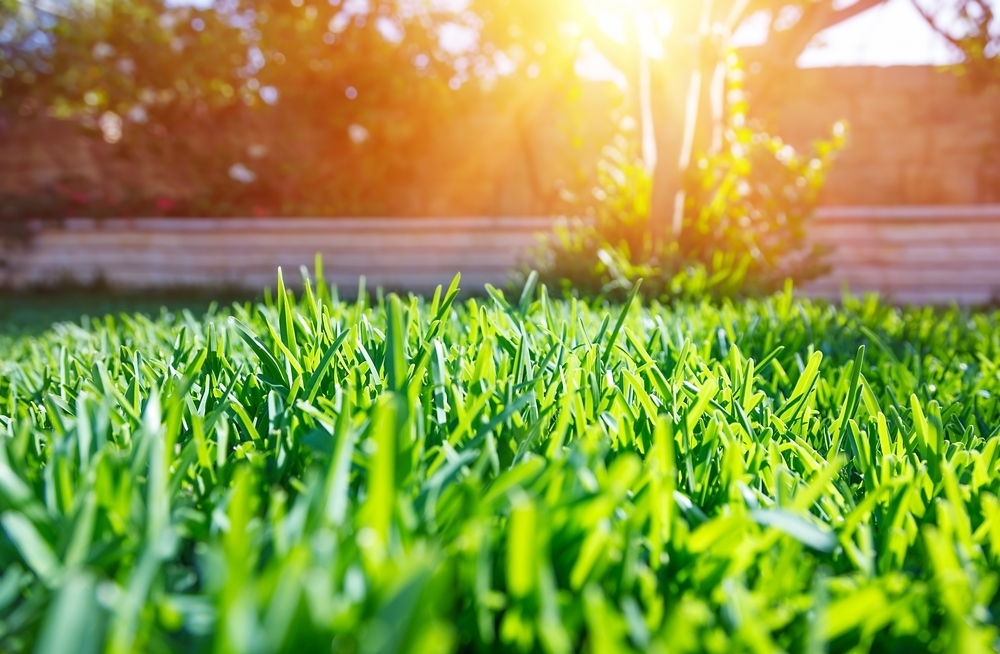Landscaping tips for spring
With our Landscaping it’s time to get your yard in shape! In order to have the best looking yard in the summer, it’s important to start building the right foundation in early spring. Here’s a quick planning guide on things you can do to make your yard look great as we get closer to the outdoor season!
How to prepare ground for landscaping
A spring landscaping project should begin with a thorough yard cleanup. One of the first things you should do is remove litter and trash that has deposited into your yard over the course of the year. Make sure you wear a thick pair of gloves in case any broken glass or sharp objects are around.
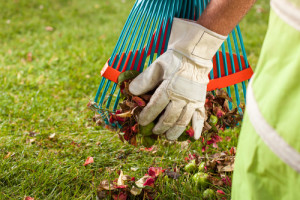
Next you’ll want to break out the rakes! It’s time to remove the leaves that you missed in the fall or those that have “blown in” over the long winter we’ve had. Take time to remove all the leaves in your flower beds too; this will ensure planting and mulching is a breeze. While you’re raking the lawn, you’ll also want to remove pine-cones, acorns, twigs, and branches.
Lawn Edging and Cutting Flower Beds
Now that your yard is clean, it’s time to start the process of edging your lawn and “cutting” your flower beds. Edging the lawn serves a variety of purposes. First, it defines landscape beds and helps ensure that weeds and grass don’t invade flowers and plants. It also creates a “mow strip”, or flat-level edging between the flower bed and lawn. This makes it easy to mow and trim the grass without damaging the plants.
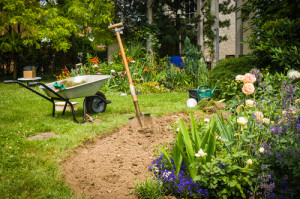
As we mentioned above, if you want to create a new garden or flower bed, you will have to cut the flower bed. Cutting the bed creates a neat edge between the garden and your lawn. To cut your beds, you’ll need a wheelbarrow, a shovel or spade, and a hoe. It’s also recommended that you use chalk or garden spray paint to draw a line that separates the lawn from the adjoining bed. Get in close to ensure that the lawn side of the trench is not more than three inches from the bed’s edge. Then hold your spade at a 45 degree angle with its sharpened head on the edge line. Put your foot on the head and guide it, while maintaining the 45 degree angle, three inches into the soil. Lift out the grass and soil and place it into your wheelbarrow. Take a step to one side (left or right down the line) and make another cut and toss to match the first. Continue down the line you’ve drawn until the entire edge is dug out.
Mulching
Mulch helps the soil hold moisture, so you don’t have to water it as often, and it suppresses weeds. Now that your beds are “cut” it will be easy to apply mulch. Over time, mulches made from organic materials break down and increase your soil’s structure and fertility. However, not all mulch is the same. For the best results, different areas require the use of different types of mulch. Here are four things you need to know when it comes to choosing the right mulch:
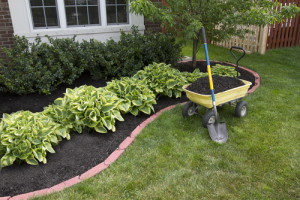
- One cubic yard of mulch (or nine 3-cu.ft. bags) will cover a 100-sq.ft. area to a depth of three inches.
- Choose organic mulch if you want to both cover the soil and enrich it.
- The faster mulch percolates water, the longer it lasts. Pine nuggets are a great choice for flat areas because the particles tend to take a long time to decompose.
- Mulch nuggets easily wash away on slopes. For hilly terrain, choose mulch that contains a mixture of many sizes.
Essential Lawn Care Tasks to Remember
Throughout your landscaping process, consider these essential lawn care tasks to also tackle in early spring:
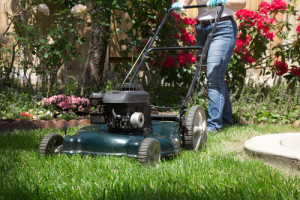
- Do not over fertilize – Apply a light amount of fertilizer in early spring, and then apply a larger dose a bit later in the season, after the initial growth rush.
- Do not mow too short – Grass will grow best at approximately two inches and higher, so keep it a minimum of this height during the first few cuts in spring.
- Reseed & water thoroughly – As part of the spring startup process, dead or damaged grass patches should be reseeded in early March or April. Many lawn care professionals suggest the most important thing to do is to provide newly developing seeds with enough water for proper growth and development.
- Choose the right grass type for your lawn & climate – There are over 9,000 species of grasses, so choosing the right one for your lawn may not be quite as simple as you think. Again, ask your local home improvement or landscaping store – they will take into consideration your lawn’s specific needs, and recommend the best choice for you.
Now that you have your landscaping project organized, it’s time to get busy! Have fun, enjoy the outdoors, and get the whole family involved. If you would like financial assistance with your landscaping needs, call your local Mariner Finance branch to get a quick quote on how much money you could receive today!




